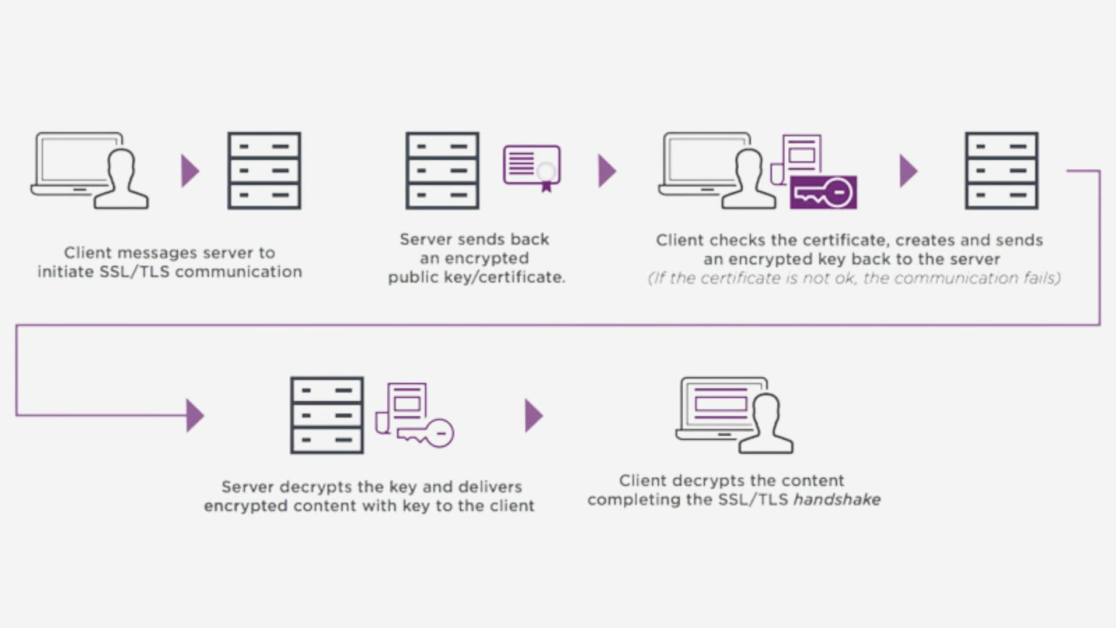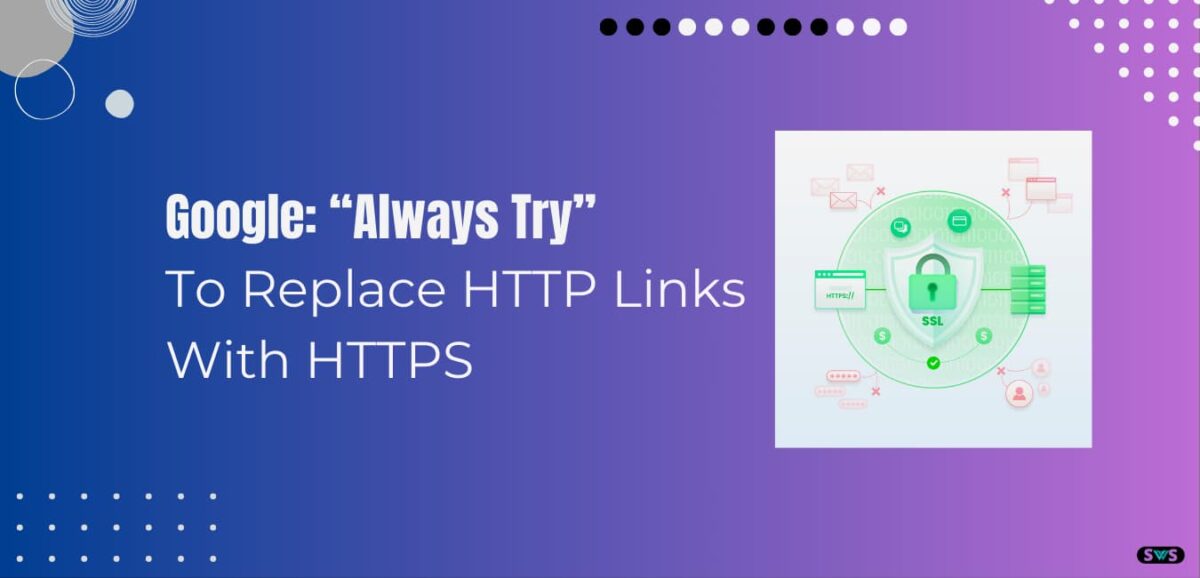Reading Time:6 mins 21 sec
In this article, we are discussing how does SSL certificate validation work In SEO.

Website owners must make sure their sites are secure, as online security becomes more crucial.
To achieve this, their website must have an SSL (secure sockets layer) certificate installed.
And for this, you can follow this article till the end.
So let’s get started
Read This: 29 Best Youtube Channel To Learn SEO
What Is SSL Certificate & How Does It Work
An SSL certificate is a digital certificate that secures the connection between a web page and a web browser and authenticates the identity of a website.
It makes sure that all data sent to and from a website is encrypted, ensuring its security.
If an SSL certificate has been installed, you can determine while visiting a website by glancing at the URL.
If it begins with HTTPS rather than HTTP, the website has an SSL certificate installed, therefore this indicates.
In order to show that the site is secure, many browsers additionally show a little icon of a lock next to the URL.
How Does SSL Certificate Validation Work
A web server and client can create a secure connection using an SSL certificate, a digital certificate.
Data transferred between the two parties over this connection cannot be intercepted or read by a third party because it is encrypted.
Using a public key and a private key, SSL certificates operate.
The browser requests the server’s public key whenever a user accesses a website that employs SSL.
The public key is then sent by the server to the browser.
Data submitted to the server is encrypted by the browser using the public key.
But, This question comes into the mind of people.
How SSL works step by step?
The steps for using SSL certificates are as follows:
- The client receives the server’s certificate through email.
- A reputable Certificate Authority (CA) is used by the client to verify the certificate.
- A shared secret key is decided upon by the client and server.
Protecting sensitive data while it is being communicated over the internet requires SSL certificates.
They contribute to the protection of data from unauthorized access and the development of user confidence in websites.
How SSL Certificates Work Diagram

Image Source: Wikipedia
How To Validate SSL Certificate
The following instructions assist in verifying the CSR (Certificate Signing Request), key, and certificate.
- Verify the certificate: Verify a certificate and provide details (signing authority, expiration date, etc.) about it.
- Verify a key: Check the openssl rsa -in server’s consistency and the SSL key check the key
- Consult a CSR
Why Do I Need an SSL Certificate?
If you own a website, you should install an SSL certificate, particularly if you ask visitors to enter sensitive data like credit card numbers or gather other private information.
This is so that both you and your users are protected; an SSL certificate makes sure that all data sent to and from your website is encrypted and secure.
Having an SSL certificate can help you in various ways even if you don’t collect sensitive data.
For instance, Google gives greater search ranks to websites using SSL certificates, increasing website traffic.
Additionally, it provides users with reassurance that their information is secure while on your website.
Read This: How To Use News Topic Authority To Find High-Quality News
How SSL Certificate Works Between Client And Server
A web server and client can create a secure connection using an SSL certificate, a digital certificate.
Data transferred between the two parties over this connection cannot be intercepted or read by a third party because it is encrypted.
Using a public key and a private key, SSL certificates operate.
The browser requests the server’s public key whenever a user visits a website that uses SSL.
The public key is then sent by the server to the browser.
Data submitted to the server is encrypted by the browser using the public key.
The server then decrypts the data using its private key.
Data cannot be intercepted or read by anyone else thanks to the encryption and decryption processes.
- The client receives the server’s certificate through email.
- The certificate is checked by the client.
- A security protocol is agreed upon by the client and server.
- Utilizing the established protocol, both the client and the server encrypt all communication.
Types of SSL Certificates
Three basic categories of SSL certificates exist:
SSL certificates come in various types, each catering to different needs.
Here are a few common types:
Domain Validated (DV) Certificates
DV certificates are the most basic type and only verify the ownership of the domain. They are suitable for personal websites or blogs.
Organization Validated (OV) Certificates
OV certificates require a more extensive verification process. They authenticate the domain ownership and the organization behind the website. OV certificates are often used by businesses and e-commerce sites.
Extended Validation (EV) Certificates
EV certificates undergo the most rigorous verification process. They provide the highest level of assurance to users by displaying a green address bar in the browser. EV certificates are typically used by financial institutions and online retailers.
The key distinctions between the three primary types of SSL certificates are listed in the following table:
| Feature | DV | OV | EV |
| Level of security | Basic | Intermediate | High |
| Cost | Lowest | Mid-range | Highest |
| Verification process | Domain name only | Domain name and organization | Domain name, organization, and business practices |
| Visual indicator | No green bar | Green bar | Green bar and organization name in green |
Here are some additional things to keep in mind when choosing an SSL certificate:
- Your needed level of security is: You ought to utilize an EV certificate if your website is used to gather sensitive data from users. You might be able to get away with utilizing a DV certificate if your website does not gather sensitive data from visitors.
- The price of the certificate: Your willingness to pay money for an SSL certificate must be determined.
- The features you require are: Wildcard certificates and multi-domain certificates are two extra features offered by some SSL certificates. You must choose the qualities that are most significant to you.
Read This: How To Create Robots.Txt File In SEO
Benefits of SSL Certificates
Using SSL certificates has a number of advantages for both website owners and users:
Enhanced Security
Data is protected from unauthorized access during transmission thanks to SSL certificates’ encryption. This prevents the interception of critical information like login credentials and credit card information.
Trust and Credibility
Websites that have SSL certificates show trust symbols like padlocks and “https” in the address bar of the browser. Users are given confidence by these visual indicators, which raises the legitimacy of the website.
SEO Ranking Boost
You increase your chances of ranking higher and bringing in more organic traffic by acquiring an SSL certificate.
SSL VD TLS
The TLS protocol is the one that replaces SSL, which was first introduced in 1995. Any application that supports SSL can also utilize TLS because it is backward compatible with SSL.
TLS is a more recent and secure protocol than SSL, which is the primary distinction between the two. Compared to SSL, TLS employs more sophisticated encryption methods and offers extra security features like session resumption and renegotiation.
TLS is quicker than SSL and more secure than SSL overall. This is so because TLS employs more effective encryption techniques and has features that let the client and server agree on the ideal encryption parameters.
These benefits have led to TLS being the de facto standard for secure Internet communications.
Here is a table that summarizes the key differences between SSL and TLS:
| Feature | SSL | TLS |
| Protocol version | 3.0 | 1.0, 1.1, 1.2, 1.3 |
| Encryption algorithms | RC4, 3DES, DES, IDEA | AES, ChaCha20, RSA, DHE_RSA, DHE_DSS, ECDHE_RSA, ECDHE_ECDSA |
| Security features | Session resumption, renegotiation | Session resumption, renegotiation, SNI, OCSP stapling |
| Speed | Slower | Faster |
| Compatibility | Compatible with TLS | Backward compatible with SSL |
SSL certificate validation tool
- Digicert
- SSLshopper
- GEOcert
- TheSSLstore
- SSLchecker
Read This: Is Google Page Speed Insights Accurate Or Misleading
Conclusion
In this article, we are discussing how does SSL certificate validation work.
It not only safeguards you and your users but also helps you by raising your search engine ranks and ensuring the security of your users.
Choose the SSL certificate that best meets the demands of your website from the various varieties that are offered.
An SSL certificate is relatively simple to obtain, and many website builders and hosting companies provide them away without charge.
Use this for better results on your website.
If you like this article please share and comment.
Read Also
- Top 65 Technical SEO Interview Questions And Answers
- Does Bold Text Help SEO
- How To Create The Perfect H1 Tag For SEO
- Google Announces Five Changes Coming To Mobile Search
- Benefits Of Using Semrush
FAQ
How SSL works step by step?
To safeguard data while it is being transmitted, SSL certificates combine authentication and encryption. The steps that make up SSL operation are as follows:
A request is sent from the client (such as a web browser) to the server (such as a web server).
The client receives the server’s SSL certificate.
The SSL certificate is checked by the client against a list of reliable certificate authorities.
The client creates a random session key and encrypts it using the server’s public key if the certificate is legitimate.
The client transmits the server’s encrypted session key.
Using its private key, the server decrypts the session key.
How do SSL certificates verify identity?
A secret key is created to encrypt data between the SSL or TLS client and server during the SSL or TLS handshake. The data are subjected to a mathematical algorithm that uses the secret key to convert plaintext into unintelligible encrypted text and encrypted text back into plaintext.
How to validate SSL certificate and key?
The following instructions assist in verifying the CSR (Certificate Signing Request), key, and certificate.
Verify the certificate: Verify a certificate and provide details (signing authority, expiration date, etc.) about it.
Verify a key: Check the openssl rsa -in server’s consistency and the SSL key. check the key
Consult a CSR
How do customers verify the authenticity of the certificate in the SSL protocol?
A client reads the name of the CA that issued this certificate when it receives the server’s certificate. The client then looks through its root certificate storage to find the public key certificate for this CA. This public key is then used by the client to validate the server’s certificate.
How does TLS certificate validation work?
A server will give its TLS certificate to a user when they attempt to connect to it. To create a secure connection, the user then uses CA certificates that are already on their device to validate the server’s certificate.
Please Fill Your Genuine Feedback



